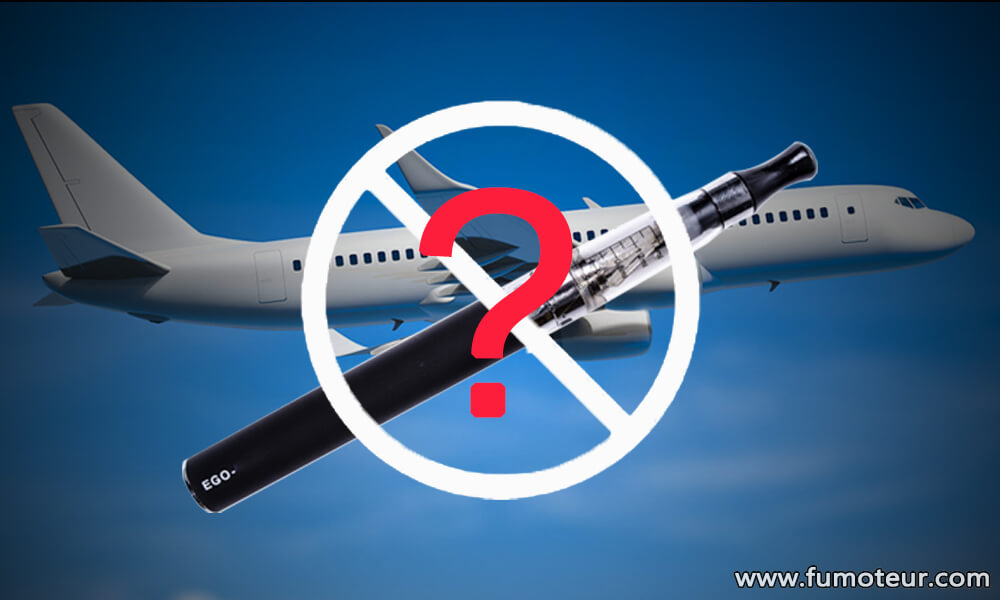Add Your Heading Text Here

Why do countries have different smoking age regulations?
1. Countries attach different importance to public health
Smoking is closely related to health risks such as lung cancer and cardiovascular disease. Some countries, especially developed countries, pay more attention to public health and have introduced strict tobacco control policies early on.
2. Differences in cultural and social acceptance
Different countries have different social attitudes towards smoking, resulting in differences in the legal smoking age.
3. The game between the government and the tobacco industry
The tobacco industry is one of the most profitable industries in the world. Many countries rely on the tobacco industry for tax revenue and employment. This has led to different attitudes towards tobacco control policies in different countries, with lower smoking age limits or loose supervision.
4. Differences in legal systems
The legal systems of different countries have different definitions of youth protection and health rights, resulting in differences in the setting of the smoking age.
5. The rise of e-cigarettes affects smoking age policies
The popularity of e-cigarettes has prompted many countries to reassess the smoking age because e-cigarettes are more likely to attract young people
6. Impact of black market and illegal transactions
In some countries with strict tobacco control, such as Singapore, Thailand, and Australia, despite raising the smoking age, the illegal tobacco market still exists. These countries need to strengthen regulations to prevent minors from obtaining tobacco products through the black market or purchasing agents.
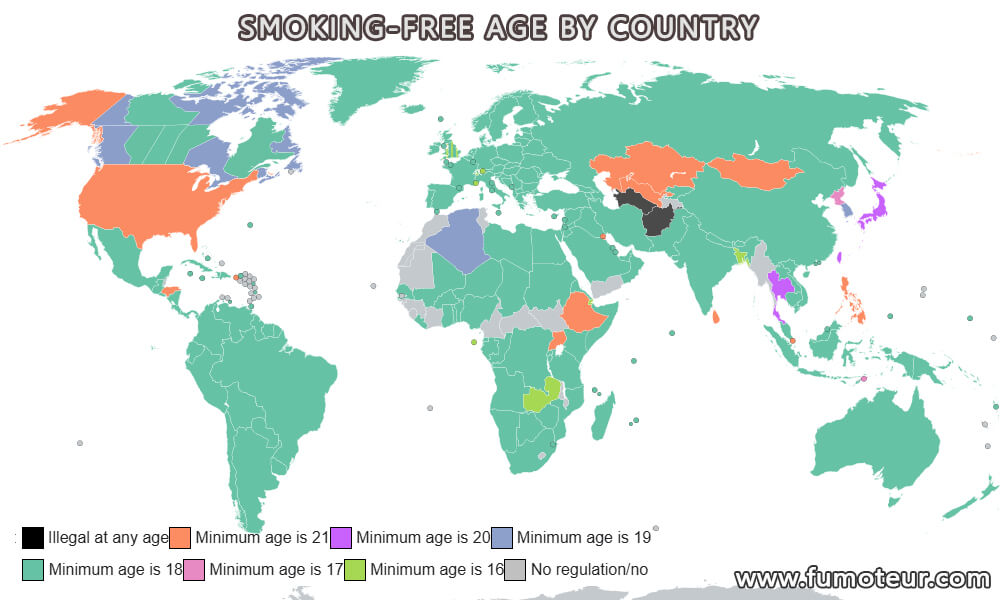
Global overview of smoking age limits
Do the same age restrictions apply to e-cigarettes?
1. E-cigarettes have the same age limit as traditional tobacco
Many countries treat e-cigarettes similarly to traditional tobacco products, with the same legal purchase and use ages.
United States: Raise the purchasing age for all tobacco products (including e-cigarettes) to 21. This means that whether it is traditional cigarettes or e-cigarettes, buyers need to be over 21 years old.
EU: Age limit for e-cigarettes and traditional tobacco is 18.
UK: The purchase and use age limit for e-cigarettes is 18 years old, the same as traditional cigarettes.
2. Special regulations for e-cigarettes
Some countries have adopted stricter or independent age regulations for e-cigarettes. Sometimes due to the special characteristics of e-cigarettes (such as nicotine content, attraction to teenagers, etc.), stricter restrictions than traditional cigarettes will be implemented.
Thailand: Complete ban on the sale of e-cigarettes.
Australia: If e-cigarettes contain nicotine, they require a prescription from a doctor before they can be purchased.
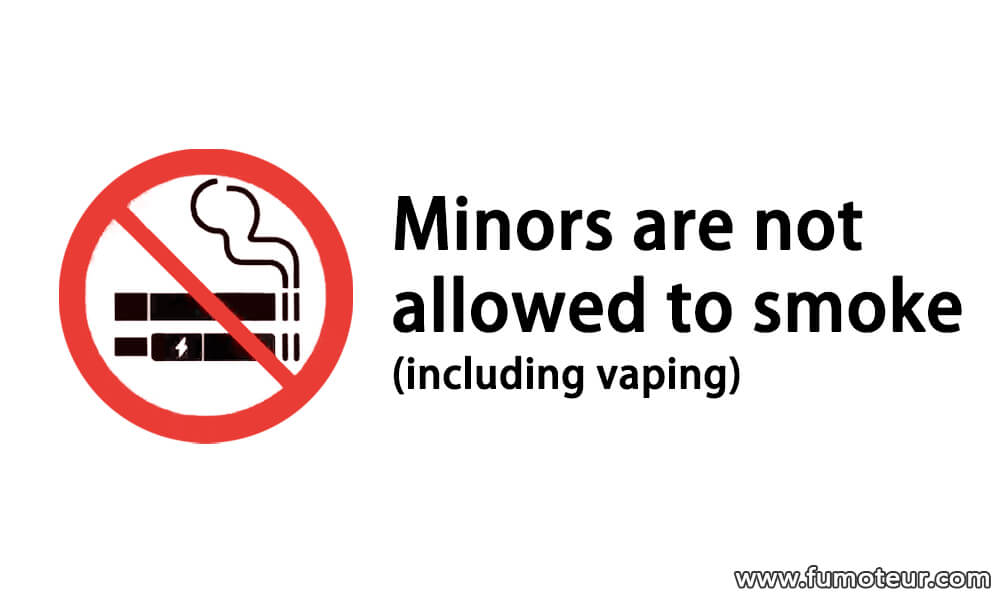
The impact of smoking age restrictions on reducing adolescent smoking
1. Reduce the opportunities for minors to purchase tobacco:
By raising the smoking age limit, you can reduce the opportunities for teenagers to purchase tobacco directly. After the United States raised the purchasing age from 18 to 21, teen smoking rates declined, especially at the age when teens start experimenting with cigarettes.
2. Reduce youth exposure to tobacco advertising and sales:
Strict age restrictions make tobacco companies and retailers more restricted in marketing tobacco to minors, which indirectly reduces the opportunities for young people to access and purchase tobacco.
3. The effect of public health propaganda is evident:
As publicity about the dangers of smoking continues to increase, the move to raise the legal smoking age has strengthened the impact of these messages and helped young people form a healthier outlook on life.
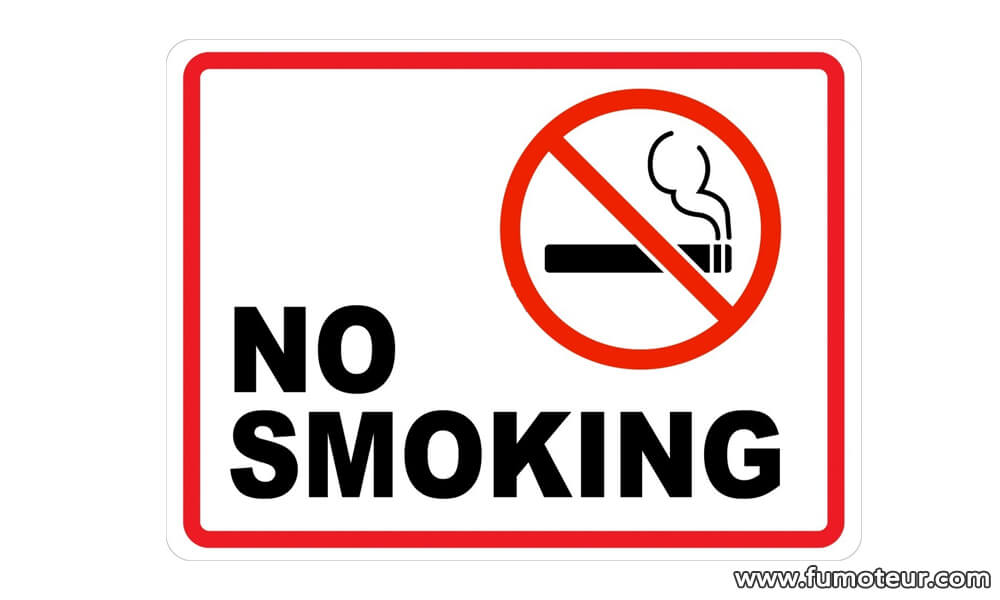
Limitations of smoking age restrictions
1. Black market and illegal purchases:
In some countries, especially in less regulated areas, teenagers can circumvent legal age restrictions by using the black market, underground channels, or asking older friends to purchase products on their behalf. This phenomenon limits the effectiveness of age restrictions.
2. The influence of social and cultural factors:
Even with legal age limits, peer pressure, family environment and social acceptance can still influence young people’s decisions to smoke. Young people may still start smoking if smoking is a “sign” in certain cultural or social circles.
3. The rise of e-cigarettes and heated tobacco:
More and more young people are becoming exposed to alternatives such as e-cigarettes and heated tobacco, which may not be as attractive or harmful as traditional cigarettes, making it difficult for traditional smoking age limits to cover this emerging market.
4. Inducements for early exposure:
Some teenagers may be exposed to e-cigarettes or other tobacco products before being exposed to traditional tobacco due to the influence of family, friends, advertising or the Internet, leading to the formation of smoking habits earlier.
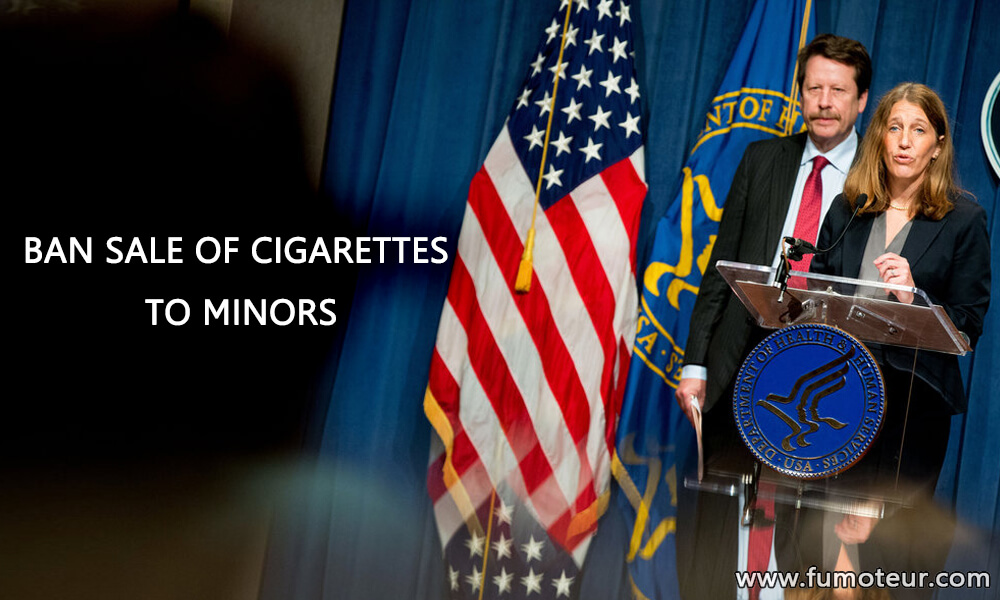
The future development direction of tobacco control policies
1. Raise the smoking age limit
As the problem of youth smoking becomes more prominent, more countries may raise the legal smoking age to 21 or higher in the future, thereby reducing young people’s chances of being exposed to tobacco at an early age.
2. Strictly regulate e-cigarettes and heated tobacco products
As alternative tobacco products such as e-cigarettes and heated tobacco grow in popularity, future tobacco control policies are likely to tighten controls on the marketing of these products, particularly to adolescents.
3. Strengthen restrictions on tobacco advertising and promotion
Future tobacco control policies will focus more on comprehensive bans on tobacco advertising and promotion, especially on social media and in youth gathering places.
4. Increase tobacco taxes and tobacco prices
Increasing tobacco taxes has proven to be an effective tobacco control strategy, and many countries may further increase tobacco taxes to curb tobacco consumption in the future.
5. Stricter health warnings and labeling requirements
Future tobacco control policies may further strengthen warning labels on tobacco packaging and advertising, especially visual warnings, so that consumers can more intuitively understand the dangers of smoking.

